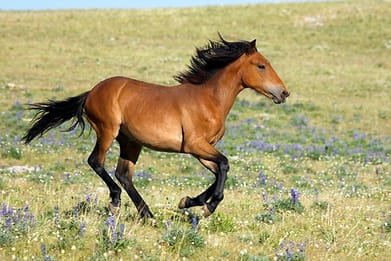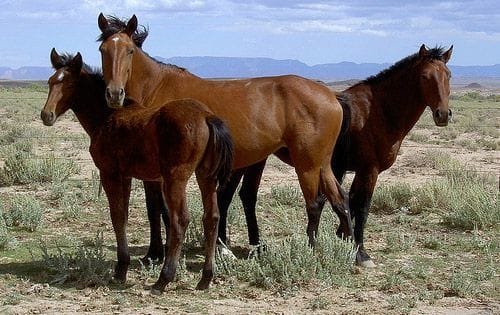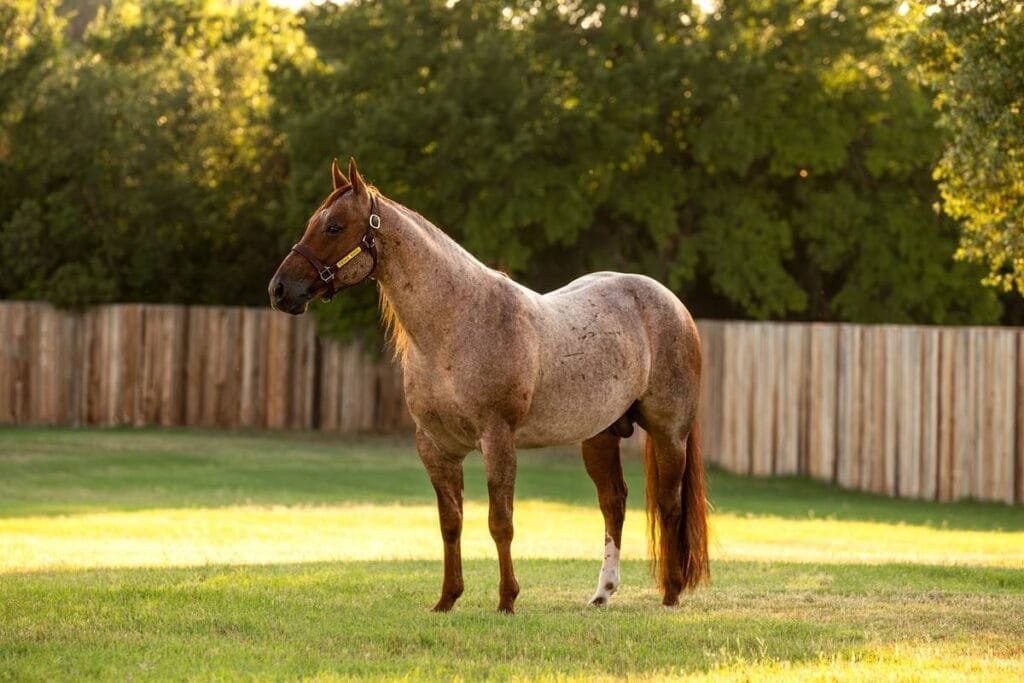A Unique American Wild Horse
The Cerbat Mustang is a distinctive breed of wild horse native to the Cerbat Mountains in northwestern Arizona. These horses are part of the larger Mustang family, but the Cerbat strain is recognized for its unique genetic traits, which have evolved over centuries in the harsh conditions of the American West.
Origins and History
The Cerbat Mustang’s roots date back to the Spanish settlers in the 16th century. Horses were brought to the Americas by the Spanish, and some of these animals eventually escaped or were released into the wild, forming the basis of the Mustang population. The Cerbat Mustang, specifically, has remained isolated in the rugged terrain of the Cerbat Mountains, allowing it to develop distinct characteristics.
Unlike other Mustang groups, the Cerbat strain has adapted specifically to the mountainous desert environment. This isolation, combined with a long history of survival in tough conditions, has helped preserve the breed’s unique qualities.
Physical Characteristics
Cerbat Mustangs are medium-sized horses, typically standing between 13.2 and 15 hands (54 to 60 inches, or 137 to 152 cm) tall. They are well-muscled with sturdy, compact bodies that make them well-suited to rough terrain. Their coats can vary in color, but common shades include bay, chestnut, black, and dun. Occasionally, Pinto (spotted) patterns are seen.
These horses are known for their:
- Strong legs and hooves, which are excellent for climbing rocky and uneven ground.
- Intelligent, alert eyes and well-defined, expressive faces.
- Sturdy manes and tails, which help protect against the elements.

Cerbat Mustang: Features Details
| Feature | Details |
|---|---|
| Origin | Native to Cerbat Mountains, northwestern Arizona, USA |
| Ancestry | Descendants of Spanish horses brought to the Americas in the 16th century |
| Height | 13.2 to 15 hands (54 to 60 inches, or 137 to 152 cm) |
| Build | Compact, muscular, well-suited to rugged terrain |
| Coat Colors | Bay, chestnut, black, dun, occasional Pinto (spotted) |
| Temperament | Independent, intelligent, spirited, stubborn, loyal when tamed |
| Physical Traits | Strong legs, durable hooves, thick manes and tails, alert eyes |
| Adaptability | Thrives in harsh desert environments; can travel long distances |
| Survival Skills | Highly resourceful in finding food and water in arid landscapes |
| Modern Use | Trail riding, endurance sports, adopted for ranch work |
| Conservation Status | Conservation efforts to preserve the breed, wild populations monitored |
| Distinctive Traits | Isolation in the Cerbat Mountains led to unique genetic characteristics |
Temperament
The Cerbat Mustang is independent, intelligent, and resourceful. Because of their wild heritage, these horses retain a strong instinct for self-preservation. They are known to be spirited, with a bit of a stubborn streak, but they can also be very loyal once tamed. Their intelligence makes them quick learners, though they require a handler who understands their independent nature.
Because of their wild background, they may be more challenging to train compared to other domesticated breeds, but with patience and respect, they can make excellent companions for experienced riders.
Adaptability and Survival Skills
One of the most remarkable features of the Cerbat Mustang is its adaptability. These horses thrive in harsh desert environments, where they must endure extreme heat in the summer and freezing temperatures in the winter. They are skilled at finding food and water in arid landscapes, relying on their instincts to survive in a place where resources are scarce. Their stamina and ability to travel long distances make them well-suited for navigating the rugged terrains of the American West.
Conservation and Modern Use
Once nearly at risk of extinction, the Cerbat Mustang now has several conservation programs aimed at preserving the breed. These horses continue to live in the wild in the Cerbat Mountains, though their numbers are monitored to maintain ecological balance.
Cerbat Mustangs are increasingly being adopted for various equestrian activities, such as trail riding and endurance events, thanks to their strength and stamina. Their independent nature means they are best suited for experienced horse owners who can handle their wild heritage.




